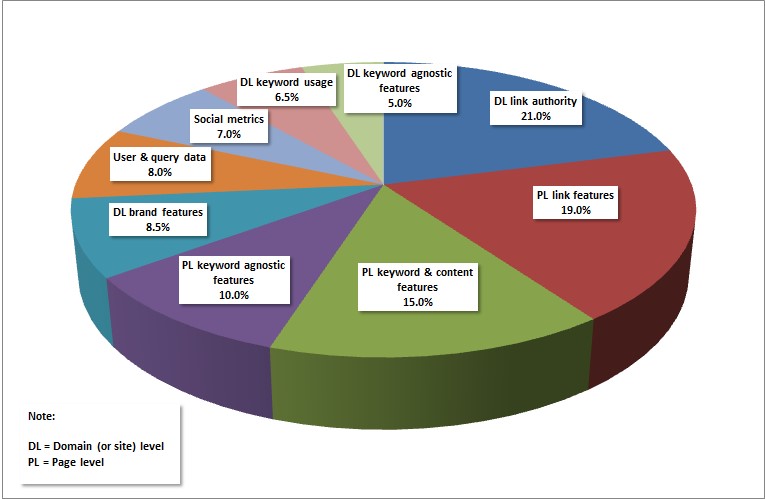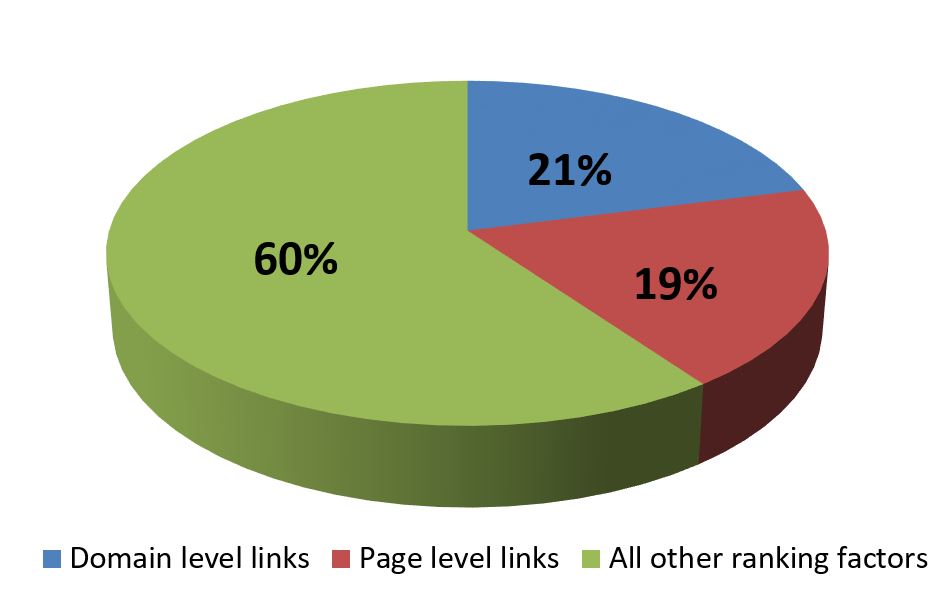So far in this Fast Track SEO Course post series you have come across three main types of links.
Internal links
These are links that you make between one page and another on your site.
External links
These are links that you place on your webpages that link to pages on other websites.
Backlinks
These are links that other websites make to your website’s pages.
We’re going to go on to look at those all-important backlinks today. In the next few posts we’ll explore why backlinks are so important, how Google uses them and how you can gain more of the ones that matter.
Links – the lynch-pin of successful off-page SEO
Let’s pause for a minute…
… And think about how you find the websites you visit.
The web is held together by links.
For instance, how often do you type in the complete URL of the site (or the page on that site) that you want to visit?
It’s not very often, is it?
Instead you probably will reach a site by:
- Typing in a brand or keyword into a search engine or your browser’s address bar.
- Using voice search on your phone.
- Following a link from another website, forum or social media platform.
All of these link to the site you end up on – links between sites are the glue that holds the internet together.
In fact, links are what makes the internet useful, intuitive and navigable. Without links we would be drowning in a sea of disorganised web pages.
Google has indexed over 30 trillion pages alone and this number is increasing by 3000% every five years.
You are not alone in using links to access and make sense of the internet: let’s next look at why links are important to Google.
It is the links between pages and sites that allows the Googlebot to discover new content. (We explored this in the post about how search engines work.)
Yet links mean much more to Google than a chance to discover fresh meat.
To a very large degree links between sites are how Google makes sense of and ranks all these pages.
Links have been important to Google since the word go.
In its infancy as a Stanford University project Google was called Backrub. Company founders Larry Page and Sergey Brin were certainly not the first to hit on using backlinks as a way of determining how important (or useful) different pages on the web are considered to be. But they certainly have been the most successful.
Today links are seen like votes for popularity and importance, and the search engine’s role is akin to a pollster recording the ongoing democratic opinion poll of the web.
The way that links are ‘understood’ and ‘used’ by search engines has become a science that borders on a fine art and, some may say, almost an occult art.
Complex algorithms are used to perform nuanced evaluations of sites and pages based on backlink data.
We are going to show you how Google uses links to return results and we’ll show you how you can focus on building and earning the most influential links to your site.
This is one of the main ways that you can rise above the 30 trillion other pages out there.
No pressure, then!
Links as a ranking factor
You’ve probably noticed that we love our ranking factor pie charts. They are drawn from what SEO experts reckon are the most important ranking factors.
We hardly let a post go by without wheeling them out. We could apologise, but it would be slightly disingenuous as we are about to do it again.
Just before we dive in to the nitty gritty we are going to emphasise one last time how important links are. They are certainly not the only important ranking factor, but they are one that, should you choose not to target, will be missing out on a large slice of the search pie.
Here’s our beloved pie chart again, followed by one that has been organised to show just factors that relate to backlinks alone.

Now let’s rearrange the pieces to give a backlink perspective…

- Domain level links at 21% – Impressive.
- Page level links at 19% – Wow.
- Tot them up and you have a weighting of 40% in terms of overall importance.
That is IMMENSE.
(Excuse the shouting, we’ve got a little excited!)
Have we got your attention? Are you as excited as us?
C’mon this is an SEO course, not a motivational seminar: let’s show you how to understand which links matter.
(Sorry guys and gals – it’s in the next post).
All the previous posts in this series can be found here.
And, if you don’t want to wait, and want a stack more advice and actionable tips, the complete version of this Fast track SEO course is waiting over at Amazon.
It’s yours for less than a fiver!

